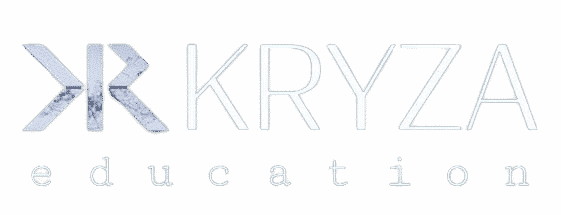What Is the Metaverse?
The metaverse is a concept of a persistent, online, 3D universe that combines multiple different virtual spaces. You can think of it as a future iteration of the internet. The metaverse will allow users to work, meet, game, and socialize together in these 3D spaces. The metaverse isn’t fully in existence, but some platforms contain […]
About Course
The metaverse is a concept of a persistent, online, 3D universe that combines multiple different virtual spaces. You can think of it as a future iteration of the internet. The metaverse will allow users to work, meet, game, and socialize together in these 3D spaces.
The metaverse isn’t fully in existence, but some platforms contain metaverse-like elements. Video games currently provide the closest metaverse experience on offer. Developers have pushed the boundaries of what a game is through hosting in-game events and creating virtual economies.
Although not required, cryptocurrencies can be a great fit for a metaverse. They allow for creating a digital economy with different types of utility tokens and virtual collectibles (NFTs). The metaverse would also benefit from the use of crypto wallets, such as Trust Wallet and MetaMask. Also, blockchain technology can provide transparent and reliable governance systems.
Blockchain, metaverse-like applications already exist and provide people with liveable incomes. Axie Infinity is one play-to-earn game that many users play to support their income. SecondLive and Decentraland are other examples of successfully mixing the blockchain world and virtual reality apps.
When we look to the future, big tech giants are trying to lead the way. However, the decentralized aspects of the blockchain industry is letting smaller players participate in the metaverse’s development as well.
Course Content
What Is the Metaverse?
The metaverse is a concept of a persistent, online, 3D universe that combines multiple different virtual spaces. You can think of it as a future iteration of the internet. The metaverse will allow users to work, meet, game, and socialize together in these 3D spaces.
The metaverse isn’t fully in existence, but some platforms contain metaverse-like elements. Video games currently provide the closest metaverse experience on offer. Developers have pushed the boundaries of what a game is through hosting in-game events and creating virtual economies.
Although not required, cryptocurrencies can be a great fit for a metaverse. They allow for creating a digital economy with different types of utility tokens and virtual collectibles (NFTs). The metaverse would also benefit from the use of crypto wallets, such as Trust Wallet and MetaMask. Also, blockchain technology can provide transparent and reliable governance systems.
Blockchain, metaverse-like applications already exist and provide people with liveable incomes. Axie Infinity is one play-to-earn game that many users play to support their income. SecondLive and Decentraland are other examples of successfully mixing the blockchain world and virtual reality apps.
When we look to the future, big tech giants are trying to lead the way. However, the decentralized aspects of the blockchain industry is letting smaller players participate in the metaverse’s development as well.
-
Introduction
-
What’s the definition of a metaverse?
-
Why are video games linked to the metaverse?
-
How does crypto fit into the metaverse?
-
What is a metaverse job?
-
Metaverse examples
-
SecondLive
-
Axie Infinity
-
Decentraland
-
What’s the future of the metaverse?
-
Closing thoughts
Student Ratings & Reviews

Related Courses

I am text block. Click edit button to change this text. Lorem ipsum dolor sit amet, consectetur adipiscing elit. Ut elit tellus, luctus nec ullamcorper matti pibus leo.
Student
- Tutorials
- Resources
- Guides
- Examples
- Docs
Teacher
- Business Strategy
- Become A Teacher
- Project Management
- Membership
- Brand Assets
Useful links
- Contact
- About Us
- Privacy Policy
- Terms & Condition
- Student spotlight
Disclaimer
Our crypto assets concerned are not considered financial instruments, electronic money, structured deposit, and the activities carried out are not considered regulated activities Cryptocurrency assets has relatively huge fluctuations in their prices. Please do judge your own investment capabilities rationally and make your investment decisions cautiously. The information and analysis contained in KRYZA sites and social sites,groups reflect the privacy of the authors and is not an investment analysis or investment advice. When making any investment decision, the suitability of the given investment can only be determined by an examination tailored to the person of the given investor, for which the author of the post does not undertake and is not suitable. Therefore, before each investment decision, find out in detail and from several sources, if necessary, consult your personal investment advisor!




